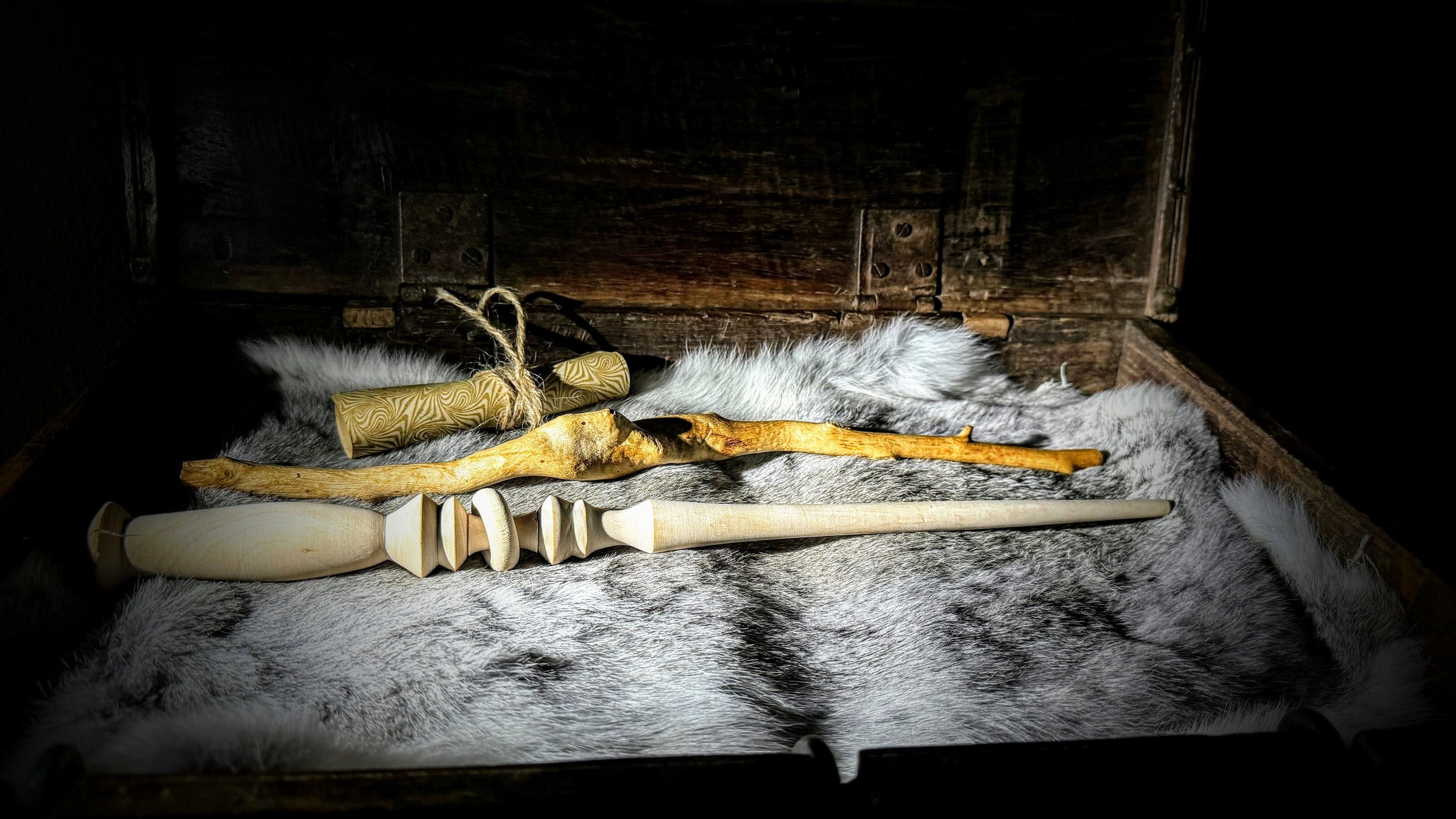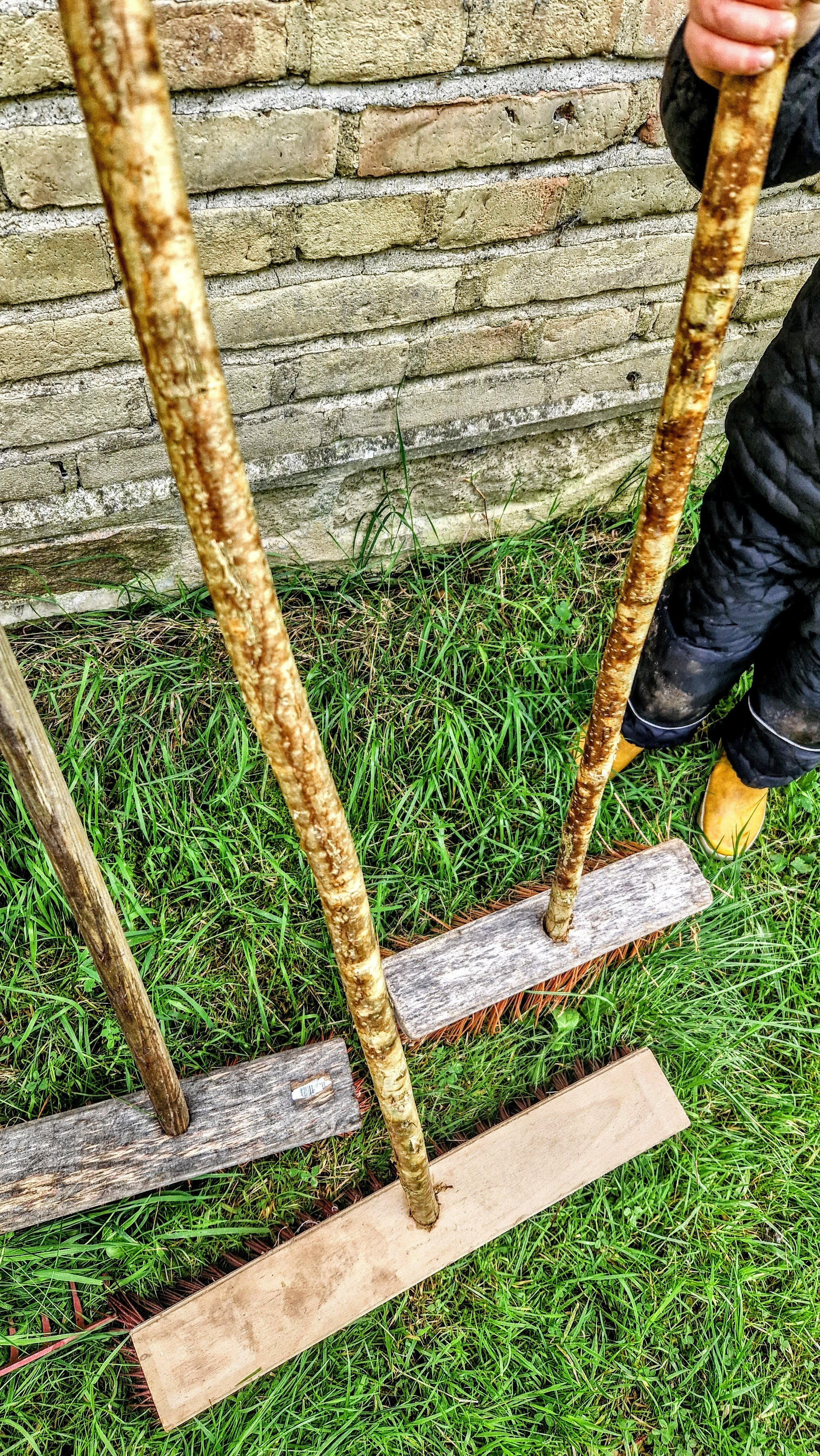Hazel catkins and the blooming hazel
As the grip of winter gradually loosens, nature begins to whisper the promise of spring, a transition marked not by the sudden burst of blooms but by subtler signs, among which the flowering hazel stands out. In the earliest days of spring, even before the birch buds into leaf and long before the rosea fruit trees like apples and cherries unveil their blossoms, the hazel tree emerges as an early messenger of change, adorning the still bare woods with its hanging catkins.
These catkins, long and worm-like, drape the branches of the hazel tree in a cascade of bright yellow and green, diffusing a sweet fragrance that heralds the coming of warmer days. Unlike the flamboyant blooms of later seasons, the hazel's flowers are understated yet unmistakable, marking the perfect time to take note of where these valuable trees grow within your woods. The flowers, delicate and numerous, are the precursors to the fruit that, by late summer, will mature into the cherished nuts.
Observing the hazel tree during this transitional period offers a unique opportunity. With the forest still bare and the branches naked, spotting the hazel trees becomes a simpler task. The old growth, towering and majestic, displays its catkins high up, some 3 meters or more into the sky, adorning the very crown of the tree. Meanwhile, the younger saplings, with their promise of future harvests, bear their flowers at eye level, inviting a closer look and appreciation.
Bringing a branch or two of the flowering hazel indoors not only adds a touch of early spring to your home but also fills the air with a sweet, slightly nutty fragrance, enhancing the ambiance with nature's own perfume. Beyond their decorative and aromatic appeal, these catkins harbor another delightful secret—they can be roasted and brewed into a unique beverage, reminiscent of tea or coffee. This rustic concoction offers a taste of the forest, capturing the essence of the hazel in a cup, and providing a warm, comforting drink that embodies the spirit of early spring.












